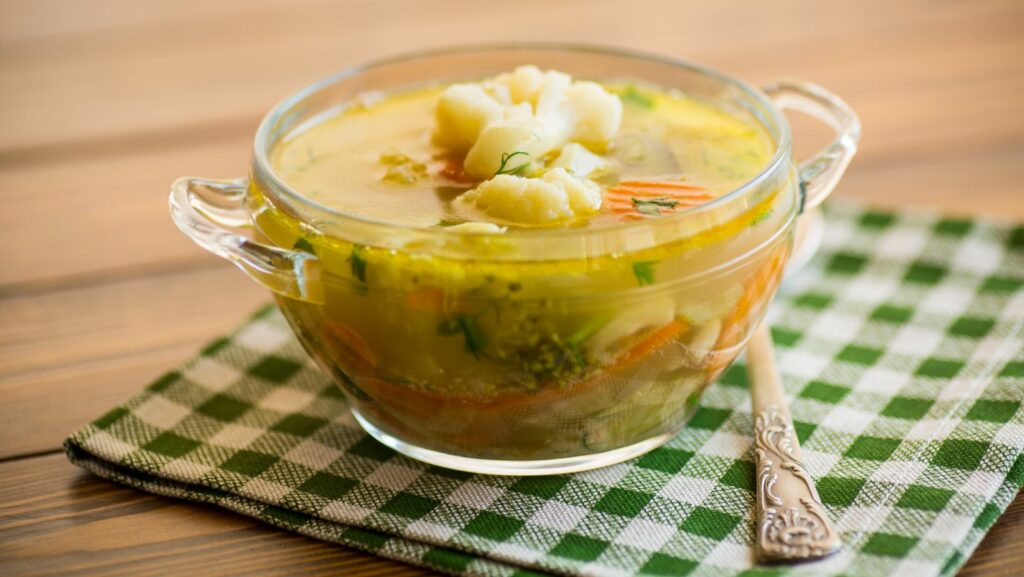Soup Making Basics

There’s something undeniably comforting about a warm bowl of soup. Whether it’s a hearty chicken noodle or a velvety tomato bisque, soup has a way of soothing the soul and satisfying the palate. For those new to the culinary world or seasoned chefs looking to perfect their technique, understanding soup-making basics is essential.
Soup-making is more than just tossing ingredients into a pot and hoping for the best. It involves a delicate balance of flavors, textures, and aromas that can transform simple ingredients into a delicious masterpiece. From choosing the right base to mastering the art of seasoning, each step plays a crucial role in crafting the perfect bowl.
With the right guidance, anyone can become a soup-making maestro. This article delves into the foundational techniques and tips that will elevate any soup from ordinary to extraordinary, ensuring every spoonful is a delightful experience.
Understanding Soup Making Basics

Soup making centers around key elements that create depth and satisfaction. Hearty stocks and broths form the backbone of many soups, providing a rich base of flavor. Selecting fresh, high-quality ingredients enhances the overall taste, whether using vegetables, meats, or seafood.
Balancing flavors requires attention to spices and herbs. Aromatics like garlic and onion add complexity, while herbs such as thyme and bay leaves bring subtle undertones. Salt should be added gradually and tasted frequently to reach desired seasoning levels.
Texture plays a crucial role in creating a well-rounded soup. Starches like potatoes or rice add thickness, while legumes like lentils offer a hearty element. Achieving the right balance ensures a pleasing mouthfeel.
Cooking techniques impact the final result. Sautéing vegetables releases essential oils, heightening flavor. Simmering keeps the ingredients tender without overcooking. Accurate timing retains color and nutrients, especially for vibrant vegetables.
By understanding these basics, a cook can transform simple recipes into rich, satisfying soups that deliver comfort and joy.
Essential Ingredients for Soup
Creating a delicious soup involves selecting essential ingredients that provide flavor and depth. A well-balanced soup includes a variety of components, each contributing its unique character.
Vegetables and Herbs
Vegetables form the core of many soups and add nutritional value and flavor. Common choices include carrots, celery, and onions. These vegetables not only enhance taste but also build a flavorful base, often referred to as a mirepoix. Herbs like thyme, parsley, and bay leaves introduce aromatic elements. Fresh herbs should be added towards the end of cooking, while dried herbs can be incorporated earlier for prolonged infusion.
Broths and Stocks
Broths and stocks are foundational to soup-making, offering depth and richness. Stock, made from simmering bones and vegetables, provides a rich, gelatinous texture. Broth, lighter than stock, is made by simmering meat and vegetables. Chicken, beef, and vegetable are popular varieties, each imparting unique flavors. Quality matters; homemade stocks are preferable for their enhanced taste and nutritional benefits.
Proteins and Grains
Proteins and grains add substance and sustenance to soups. Common proteins include chicken, beef, and tofu, delivering essential nutrients. Grains such as rice, barley, and quinoa introduce texture and body. Proteins should be cooked thoroughly, while grains may require pre-cooking based on the soup type. Combining these elements creates a satisfying and hearty dish.
Tools and Equipment Needed

Effective soup-making requires specific tools that ensure smooth preparation and optimal results.
- Large Pot: Essential for simmering, a large pot accommodates ingredients and allows flavors to meld.
- Ladle: A ladle facilitates easy serving and stirring, helping maintain an even distribution of components.
- Cutting Board and Knife: Critical for prepping vegetables and other ingredients, a sharp knife and sturdy cutting board speed up the process.
- Sieve or Strainer: A sieve removes impurities and unwanted solids, resulting in a clear broth.
- Blender or Immersion Blender: A blender creates smooth textures by pureeing ingredients, perfect for creamy soups.
- Measuring Cups and Spoons: Accurate measuring tools ensure balanced flavors by maintaining precise ingredient ratios.
These tools not only streamline the cooking process but also enhance the texture and taste of the final product.

